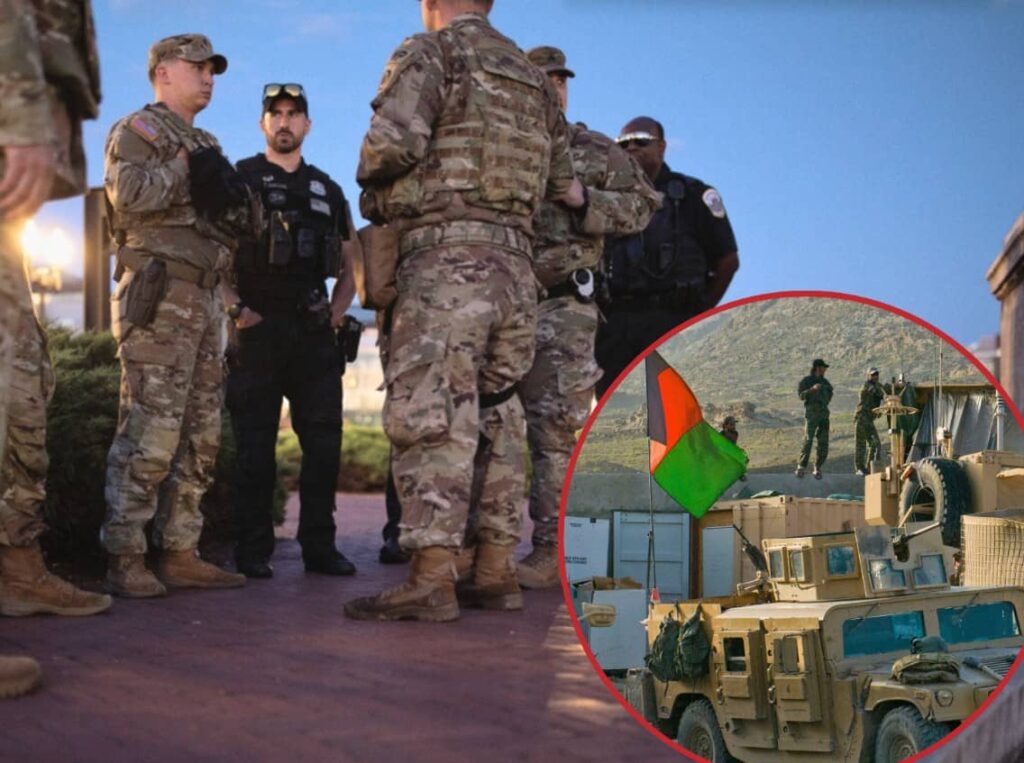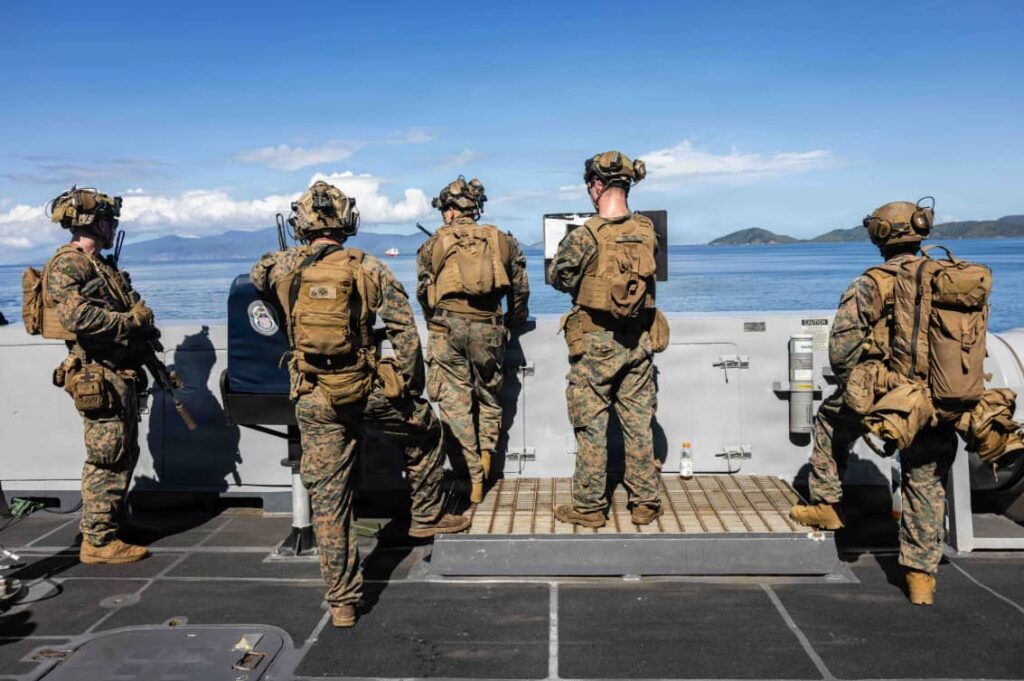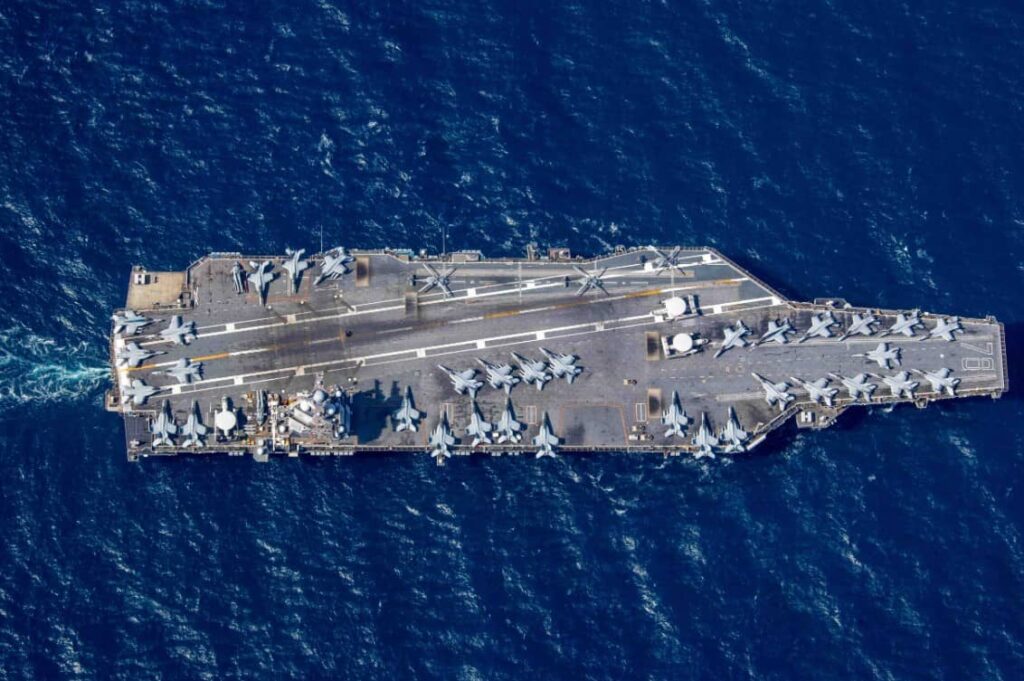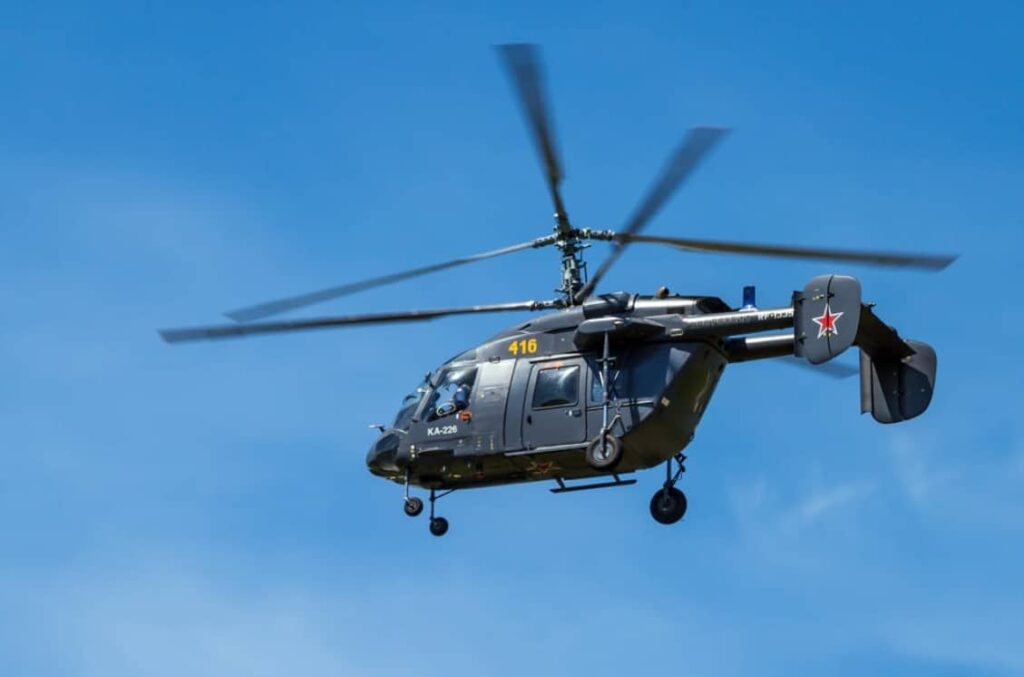Sikorsky Unveils Unmanned Black Hawk Drone with Clamshell Cargo Nose
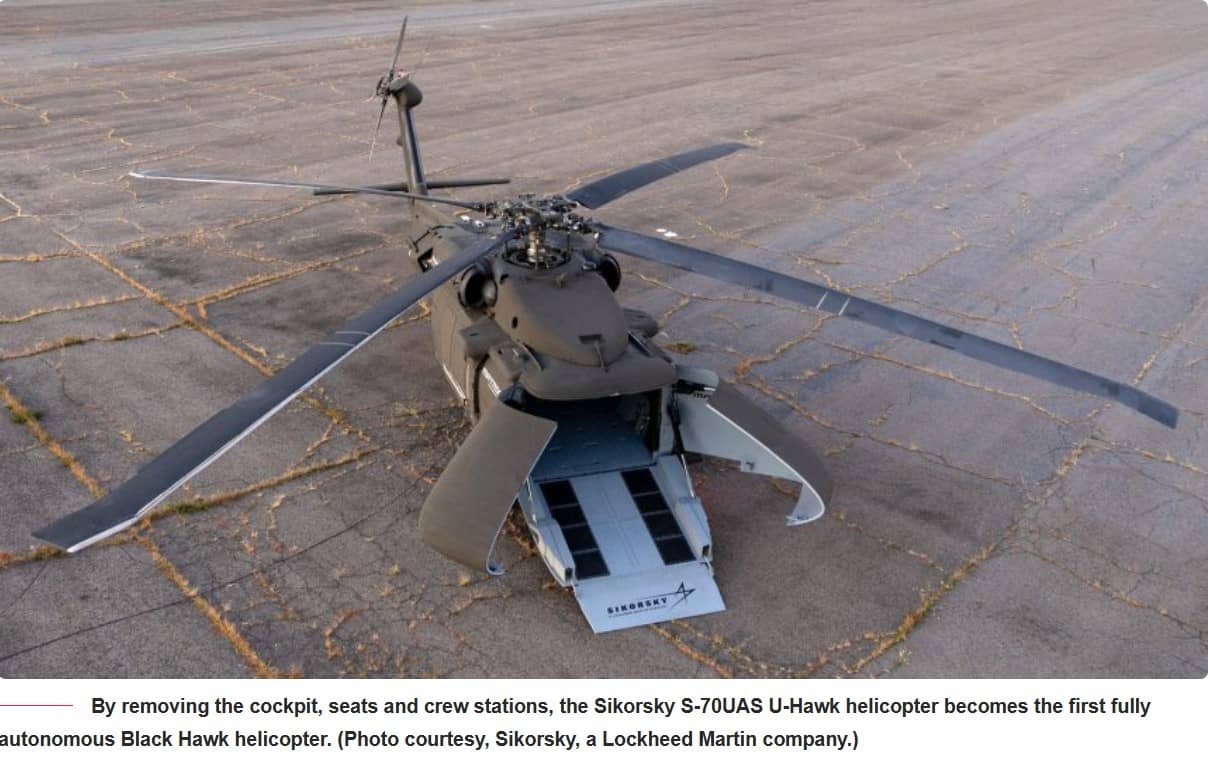
The S-70UAS U-Hawk is a modified UH-60L that removes the cockpit entirely to create an uncrewed, mission-flexible platform designed for logistics, support, and future air-ground teaming missions.
After years of experimentation with the MATRIX autonomy suite and the optionally piloted Black Hawk, Sikorsky has now taken the next step toward a fully autonomous utility helicopter: on Oct. 13, 2025, during the Association of the United States Army (AUSA) 2025, Sikorsky announced the new prototype of an unmanned Black Hawk, dubbed S-70UAS U-Hawk.
The S-70UAS U-Hawk is a modified UH-60L that removes the cockpit entirely to create an uncrewed, mission-flexible platform designed for logistics, support, and future air-ground teaming missions.
After years of experimentation with the MATRIX autonomy suite and the optionally piloted Black Hawk, Sikorsky has now taken the next step toward a fully autonomous utility helicopter: on Oct. 13, 2025, during the Association of the United States Army (AUSA) 2025, Sikorsky announced the new prototype of an unmanned Black Hawk, dubbed S-70UAS U-Hawk.
From concept to reality in 10 months, @Sikorsky, a @LockheedMartin company, has transformed a UH-60L Black Hawk helicopter into the S-70UAS U-Hawk, a versatile autonomous uncrewed aerial system. pic.twitter.com/K1qlM70Fuu
— Lockheed Martin News (@LMNews) October 13, 2025
The system uses a third-generation, low-cost fly-by-wire architecture integrated with MATRIX autonomy technology to enable uncrewed flight. The U-Hawk’s conversion was led by Sikorsky Innovations, the company’s rapid prototyping group, which completed the transformation from concept to reality in just ten months.
According to Sikorsky, the enlarged cargo area allows the U-Hawk to:
- Accept longer payloads such as missiles
- Enable uncrewed ground vehicles to drive on and off
- Carry supplies or modular containers
- Launch swarms of reconnaissance or strike drones
- House internal fuel tanks for extended range or endurance
“Sikorsky is innovating a 21st century solution by converting UH-60L Black Hawks into a fully autonomous utility platform,” said Rich Benton, Sikorsky vice president and general manager. “We developed this prototype from concept to reality in under a year, and the modifications made to transform this crewed Black Hawk into a multi-mission payload UAS can be replicated at scale quickly and affordably. The U-Hawk continues the Black Hawk legacy of being the world’s premier utility aircraft and opens the door to new capabilities as a UAS.”
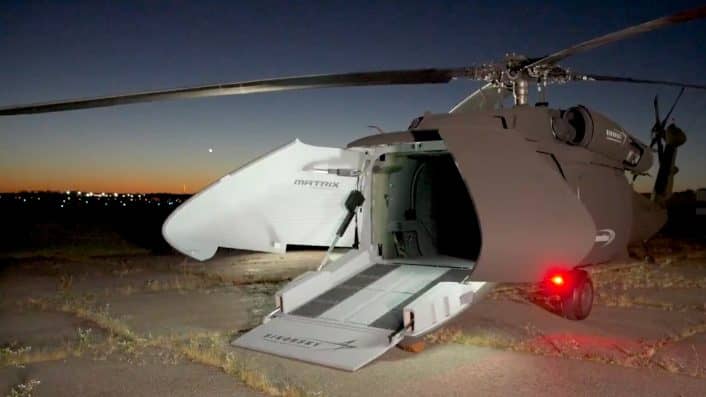
Missions
By eliminating the cockpit and crew stations, the U-Hawk gains additional internal volume and flexibility for a variety of mission types. The aircraft can now accommodate oversized cargo up to its maximum gross weight, self-deploy over 1,600 nautical miles, or loiter for up to 14 hours without refueling.
Potential U-Hawk configurations include:
- Air-ground teaming: transporting and deploying an uncrewed ground vehicle, such as the HDT Hunter Wolf 6×6 UGV
- Cargo transport: carrying up to four Joint Modular Intermodal Containers (compared to two on a UH-60L)
- Missile transport: hauling a HIMARS pod of six rockets or two Naval Strike Missiles
- Launched effects: deploying small drones or munitions from quivers mounted inside the cabin
- External lift: retaining the ability to carry 9,000 pounds (4,080 kg) via its cargo hook
- From Pilots to Operators
Interestingly, the U-Hawk is designed to be operated from a tablet interface that manages all phases of flight, from start-up to shutdown. At the touch of a button, the clamshell doors open and the ramp lowers to allow loading or drive-on operations. Once the cargo is secured, the operator sets mission parameters, and the MATRIX system automatically generates a flight plan.
Article by David Cenciotti of The Aviationist

